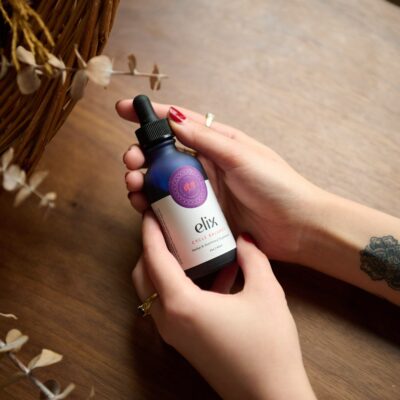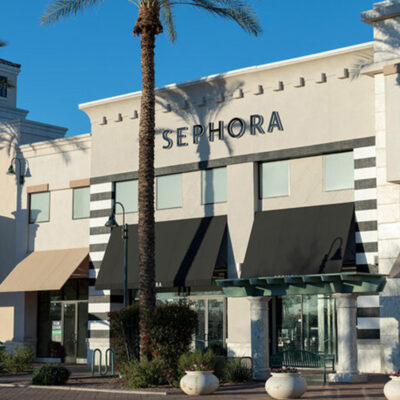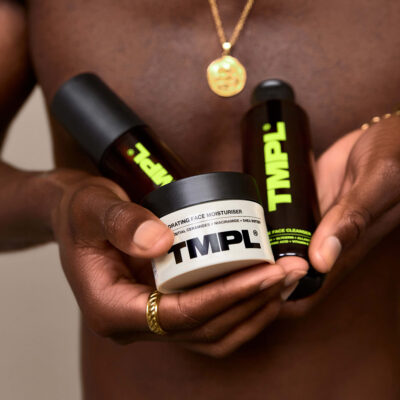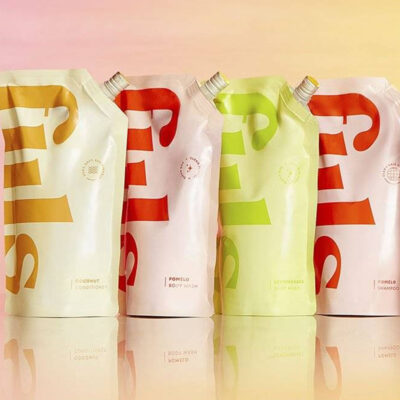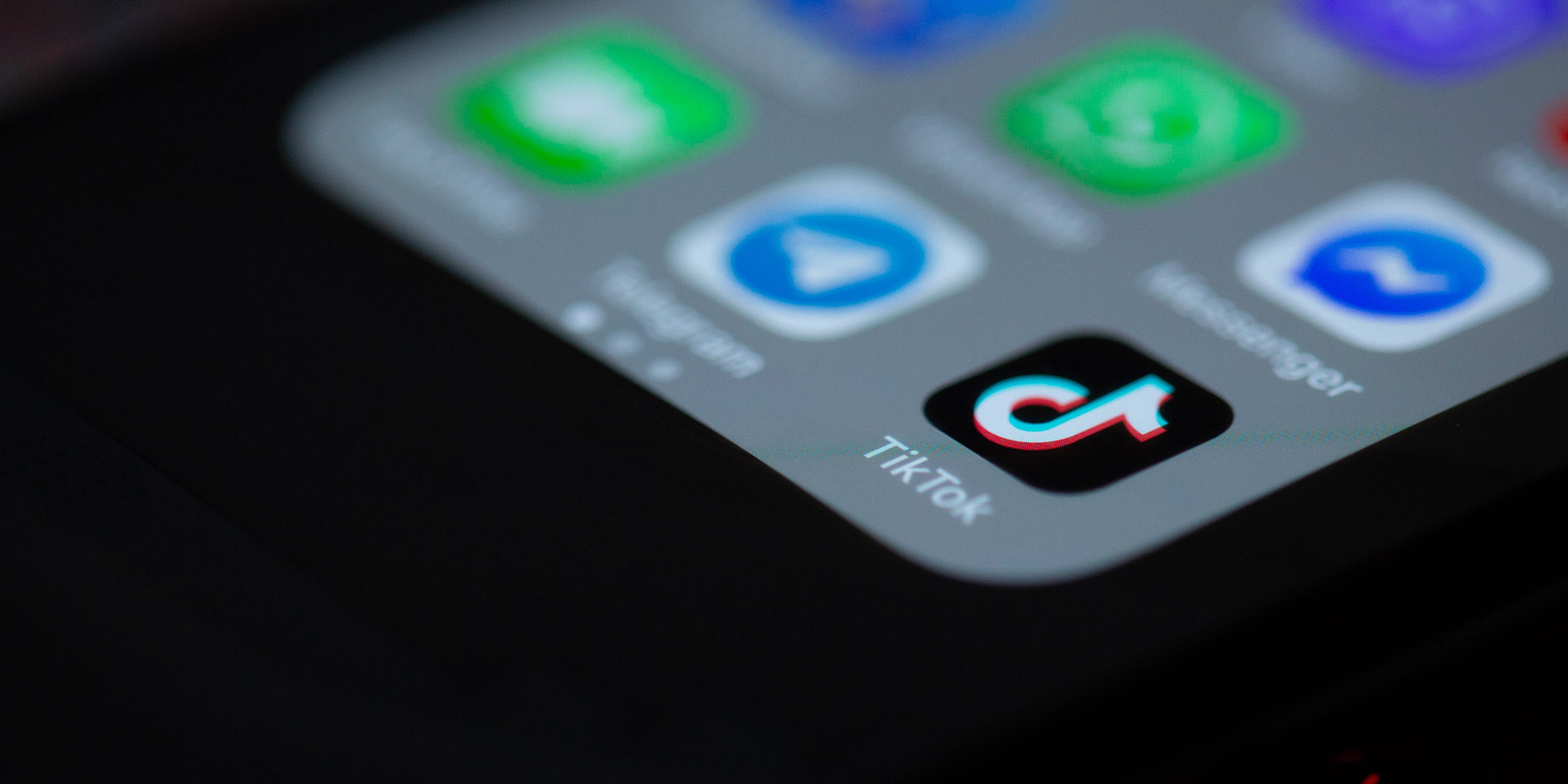
How Emerging Beauty Brands Can Unlock Advertising Potential On Meta And TikTok
Apple’s now infamous iOs 14 update made big headlines when it first rolled out in the spring of 2021. The update, which gave users the ability to block apps from tracking their activity across the internet, had digital marketers scrambling as data sharing deteriorated and the prevailing narrative that Facebook was no longer as cost effective for advertising was born. To Leslie Ann Hall, founder and CEO of the beauty-focused performance marketing agency, Iced Media, that narrative needs a reset.
She says, “There are so many new tools and technology, especially with Meta and TikTok, that savvy brands can take advantage of now. The good news is there’s no minimum spend required on these platforms.”
Beauty Independent spoke with Hall to shed light on how emerging brands can capitalize on Facebook and Instagram parent company Meta’s expanding toolbox of ad services, why brands should quickly jump on TikTok’s new e-commerce feature, Shop, and how influencer marketing still holds value.
What are the biggest myths circulating about social media advertising?
I hate to use industry jargon, but the data deprecation with Apple’s privacy changes and Facebook in 2021. There was this fearmongering that started to happen. The narrative prior to the changes was that it was very easy to grow and scale e-commerce beauty brands on Facebook. That story was over-simplified and probably too sensational in favor of the platform where many brands came to us expecting Meta to act like a money tree where they could plant seeds and expect exponential and unrealistic returns.
Then, in 2021, after the privacy changes and data deprecation, the sentiment shifted in the opposite direction: the conversation became that it was cost prohibitive for brands to now advertise on Facebook. For example, in 2022, in an article about Glossier, a reputable beauty investor told the New York Times: “The shift in the customer acquisition algorithm for paid social now makes it very hard to scale and find profitability.” Those are really damaging words from a high-powered authority featured in a credible source. But there is no data attached to the statement and that is dangerous.
If a brand is doing a search campaign with Google, those keywords are usually very expensive. Conversely, the retailers could buy up all the keywords. Return is much harder to compute on some of those other platforms. Whereas on Meta and TikTok, it really is not cost prohibitive the way it is elsewhere.
Meta, for example, has this incredible new artificial intelligence-powered technology called Advantage + that understands the buying behavior of all of the shoppers within its ecosystem. Advertisers are able to combine many of their different products, creatives and audiences into one campaign and let the algorithm identify the right consumer for the right product for the right creator at the right time and serve them that individual ad. We are seeing up to a 40% higher return with this technology than on some of our more traditional campaigns. However, not a lot of beauty brands are taking advantage of this technology.
Why is that you think?
I really do think there’s a learning curve there and perhaps they just don’t have the information. Oftentimes, new brands come to us looking to work together and the first thing we do is ask, ‘OK, can we have access to your backend?’ We always want to be transparent about whether we believe we can make a big impact on their performance. Nine times out of ten when we go into their backend, they’re not using this technology. That’s been really surprising because the performance really speaks for itself.
Another piece of it could be control. As marketers—and I think this is a bigger conversation around what’s going on with AI, in general—it can feel scary to relinquish decision-making control of your brand to a machine. We always feel like we know best, especially when it comes to the audiences and creative that’s right for our business. But the results are really there. We’re seeing it work across the board.
Has Meta regained any of its ability to track data that it lost during the iOs changes?
It still can, to some degree. Brands can still get one data point instead of seven and not everyone opts out of the data tracking. So, some brands still contract the same amount of data they did before. That’s where a lot of the fearmongering came in. However, the data is still good, and brands are still seeing positive return on their spend. Otherwise, I wouldn’t have a job or a business.
Is Advantage + Meta’s response to the iOs changes?
Yes. It predicts how an individual viewer is going to behave and shows them a particular ad based on the prediction of what action that brand wants them to take. It’s pretty darn good.
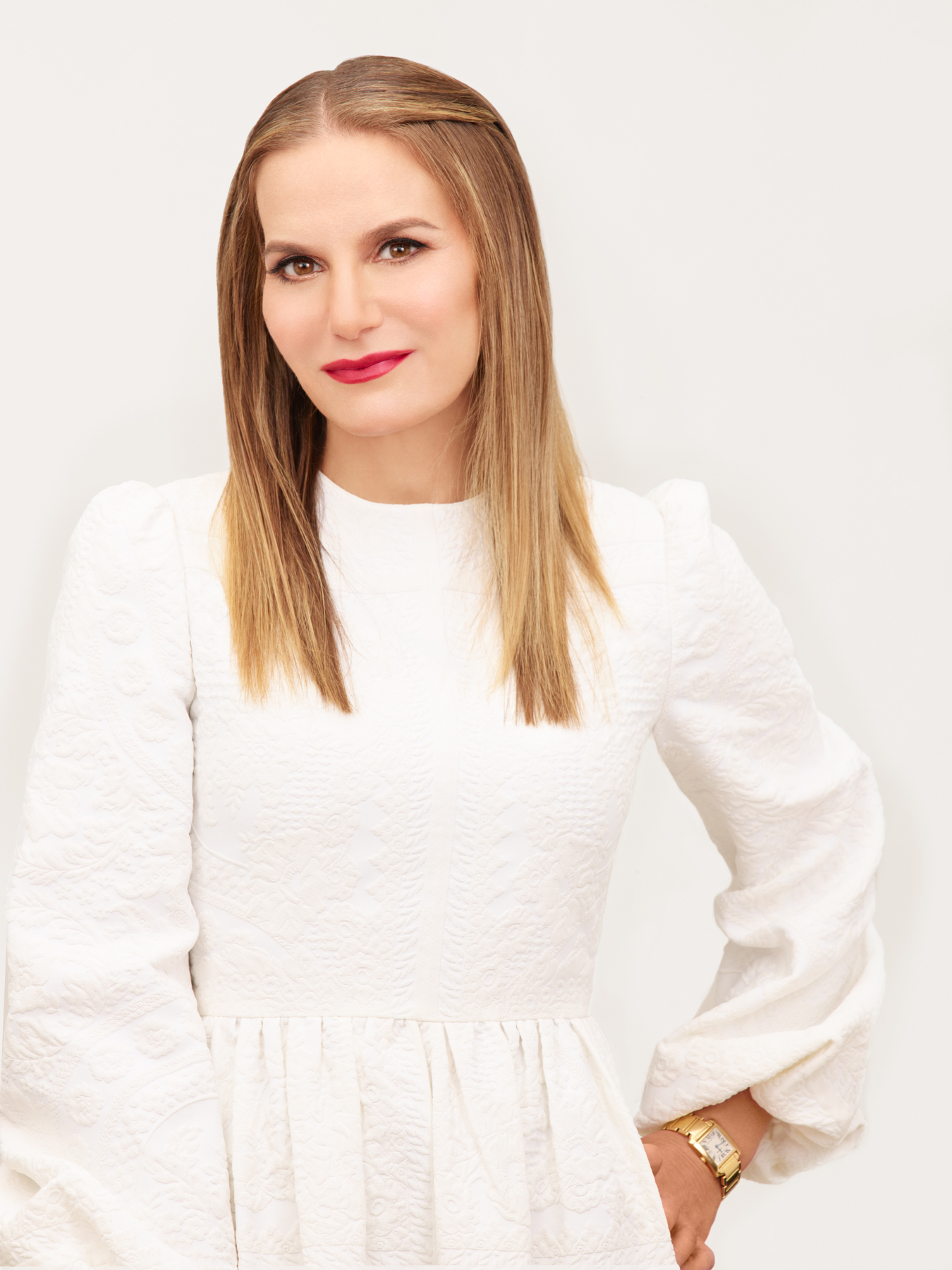
What are the most effective places for emerging brands to put their money when it comes to social media?
It can feel really daunting for many founders because there are so many different avenues to go down, and you have to be so judicious with your spend. Beauty is so fragmented. If you were buying a refrigerator, you’d go in store and you’d look at it and then you go on the internet and you find the best price. It’s not like that in beauty. Sometimes, you go in store, try products and then you go online and you buy them. Sometimes, you go online, do research and then you go in store and you buy. It’s all over the place.
But we know, by and far, that discovery in beauty primarily happens on social media and the purchase journey follows. So, for brands, if you are not there, and if you are not there in a scalable way, you are just not part of the conversation. There is no variable to entry because the cost of paid social media from a cost per mille perspective to be able to compete is so low. It’s really cost effective to test and learn. You don’t have to go in at a very high level to experiment with paid social media advertising campaigns, primarily on Meta and TikTok. What we’ve seen, historically, is that Meta has had what I would call the most sophisticated ad product and algorithm to drive direct sales from a social media platform to an e-commerce website.
Now, with TikTok Shop, we believe we’re going to start to see those same results but with the ability to check out directly within the TikTok app. We know that, on average, Gen Z is spending 128 minutes each day on TikTok, more than any other entertainment or social media platform on the planet. We understand TikTok’s ability to influence sales, but its ad product just hasn’t been able to show that same performance in terms of direct sales just yet. With all of the investment and resources that TikTok is putting into Shop now, we’re super optimistic that we’re going to start to see significantly more profitability from TikTok.
What we’re starting to also see for those brands that are adopting TikTok Shop much earlier is that the algorithm is prioritizing that shoppable content on the ‘For You’ page. So, those brands that have shoppable content are getting more organic visibility. There are tremendous benefits for those early adopters and there’s no spend attached.
Are there strategies that are better suited for direct-to-consumer vs. retail?
The fastest growing sector of our business at Iced Media, especially in what we call the post-COVID environment, has been retail. Historically, we would see that e-commerce businesses would take 100% of their paid media and drive to e-commerce. But what we really understand now is these algorithms, both with Meta and TikTok, are really, really good at knowing who those Sephora VIB shoppers are, those Amazon Prime shoppers and those Target Circle shoppers, for example. So, when there’s a Sephora sale and we want to target those VIB shoppers for specific clients, we absolutely can leverage these tools and technology to ensure that, leading up to that sale, those ads will be served to those Sephora shoppers and their velocity on shelf is going to outperform any of those other brands that are sitting out.
Historically, those e-commerce advertisers were worried that they were going to cannibalize their ability to drive new customers to their e-commerce if they were targeting Sephora or Amazon or Ulta or Walmart. But I think the understanding now is they can still grow their e-commerce business with new prospects and increase their velocity at shelf with their retail partners at the same time. That’s fantastic news especially for those independent brands that might not have the same awareness a larger brand would have.
In terms of actual dollars, how should emerging brands build their budget for social media?
I wouldn’t necessarily guide them on their holistic marketing spend because I’m very much, ‘This is my area of expertise, and this is not,’ but I would say two things: I would look at 10% to 30% of their annual sales for marketing. Let’s start with Meta. You really can’t start big on Meta no matter how big you are, even if you had $100 million in investment capital. Training the algorithm takes time, so you must start small and ramp up over time. On Meta, you’d probably want to start around $10,000 to $15,000 a month. You could start a little smaller, but somewhere around that mark is good.
On TikTok, absolutely start with TikTok Shop right away. You do not need a media investment, and TikTok is waiving commission for 90 days on all sales. TikTok integration partners are waiving fees for the first year, too. So, there’s a lot of incentives and perks to onboard right away. There’s going to be pretty much zero out of pocket cost to get started and no media investment required. Then with TikTok advertising, I think you could start even smaller at $5,000 to $10,000 a month.
Many emerging brands can’t dive head-first into paid media right away and rely on organic tactics to get buzz going. What are your thoughts on that?
Every single piece of a client’s creative content gets coded in our system based on things like ‘influencer,’ ‘tutorial,’ ‘influencer get ready with me,’ ‘ingredient story,’ etc. So, even though one product might be skincare, one might be haircare and one might be from a luxury brand, and one might be from a mass brand, they all get coded in different ways so that we have real benchmarks, and we know what performs at scale.
For the record, what we measure is paid content, but I think less in terms of paid versus organic and more so in terms of shoppable content. Whether something is paid or organic matters a lot less in the era of TikTok content, where we understand that, whether you’re on TikTok or Meta or Snapchat or Pinterest or YouTube, a creator or influencer who may or may not have a big following is the entity driving the majority of sales in our industry today. My data point today on that is about two to one in favor of creators. So, it doesn’t really matter if it’s organic or paid content.
The big takeaway for independent founders is that, even if you don’t have budget, that approach where you’re putting someone who looks like an influencer on camera using sensational language like, ‘This product changed my life,’ or ‘I’ll never use another serum again,’ to sell the benefits of your product is what is selling the most products today.
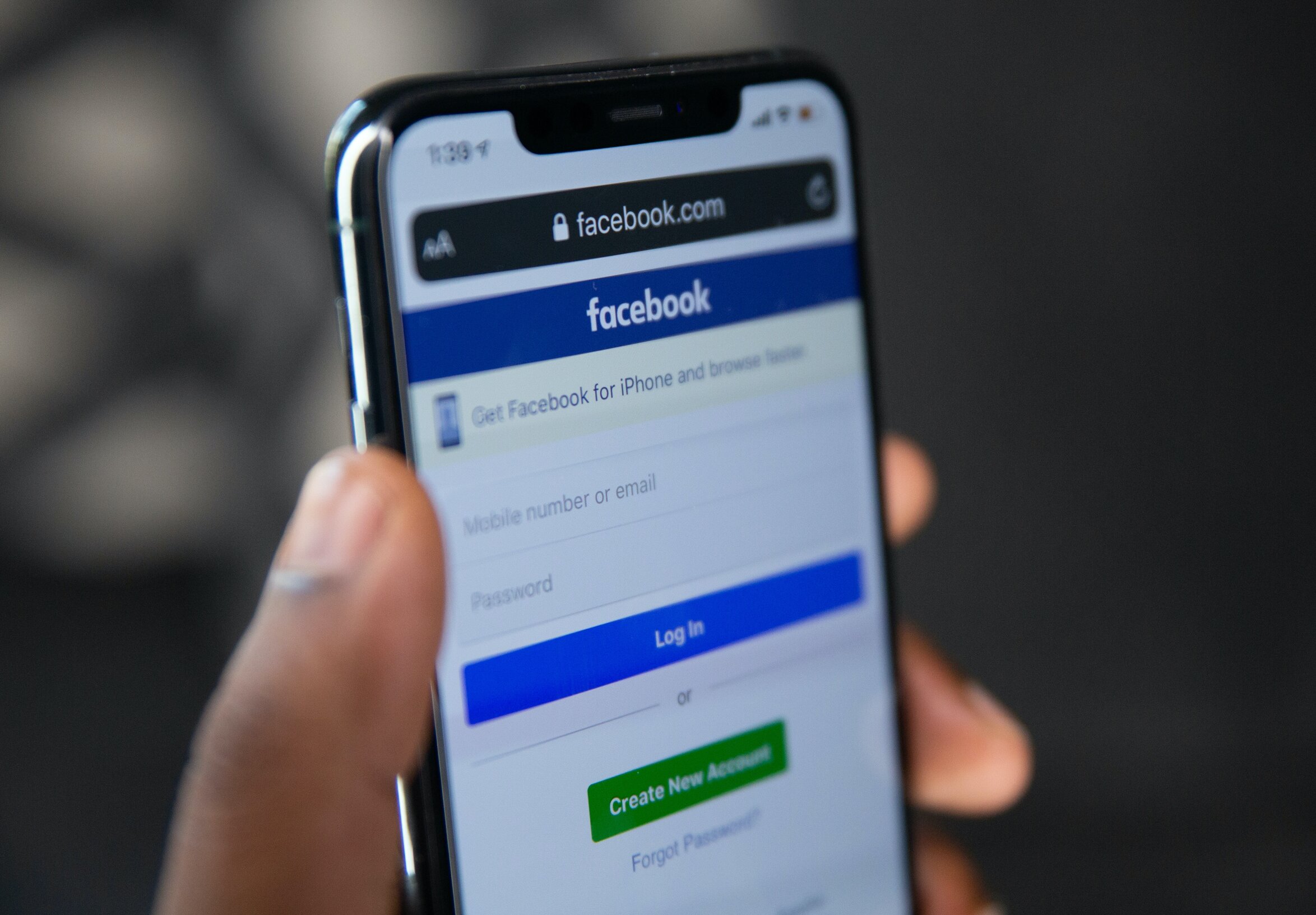
There’s talk in the industry that the return on investment on influencer marketing is not what it used to be. Would you agree?
We see a lot of brands working with creators on a paid basis and they’re not really getting the value out of it. A lot of independent brands do this, too. They’re using creators organically, but they’re not negotiating that paid usage even though they’re doing paid advertising. So, they might be working with paid creators on TikTok and using them organically on TikTok, but then they’ll have a separate Meta campaign that they’re running without using those TikTok creators. That’s a miss because those TikTok videos are performing in paid Meta advertising.
Another thing we’re seeing is that sometimes brands will work with these larger influencers that have big followings, but they’re not negotiating what’s called an authorization code on TikTok or an engager audience on Meta. So, they’re not getting the benefit of advertising from that influencer’s profile, which oftentimes will perform better than advertising that same piece of content from the brand’s profile.
This is a nuance of how you negotiate the contract and then how you set up the ad, but it’s a huge benefit in terms of the performance and the return that you are going to get on the content. A lot of brands just aren’t taking advantages of these little tweaks. It’s always worth it to pay that extra amount to get that extra clause or extra line into the contract. That’s where the real value comes from, when you can monetize the influencer’s followers and get them into your prospecting pipeline, not when you get an organic post from the influencer that has 10% earned reach. That’s a small percentage of the potential value that a brand could get if they were using that post in paid advertising and maximizing the partnership as an investment rather than an expense.
You mentioned YouTube earlier. Some beauty brands are starting to shift more emphasis onto YouTube from platforms like TikTok, for example. Do you think that’s wise?
We think of YouTube in two ways. One is what we call upper funnel awareness in terms of looking at the ecosystem. I think the majority of our clients are really looking more at that mid-to-lower funnel. So, for clients that are looking to cast a wider net and looking at more top of funnel, we definitely look more to YouTube for that. The other piece that we really look to YouTube for is for those clients that are targeting in a hyper-local way. There’s a lot of sophisticated targeting capabilities with Google. The ability to leverage Google search behavior both on the hyper local side and then with YouTube campaigns is really great.
For independent beauty brands, I think they need those basics and that foundation in place first before they start diversifying to what I call secondary or tertiary marketing strategies, which are going to be a little bit more niche or owned. I would say absolutely have your Meta prospecting pipeline foundation solid, have your TikTok Shop set up and integrated with Shopify or whichever platform you use, and if there’s incrementality in terms of your budget, then start thinking about YouTube or Snapchat.

